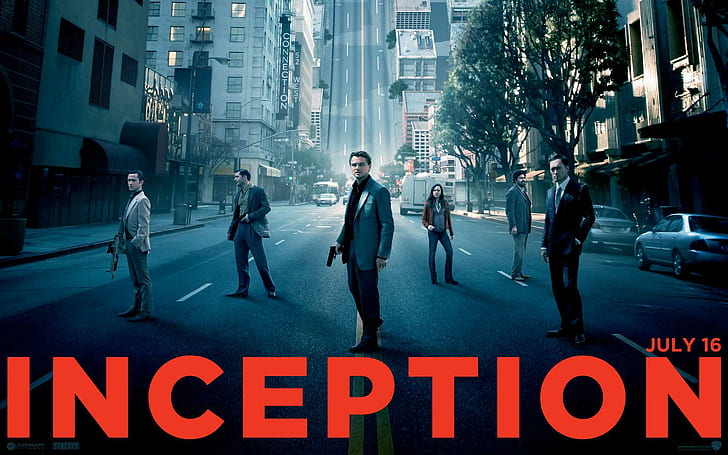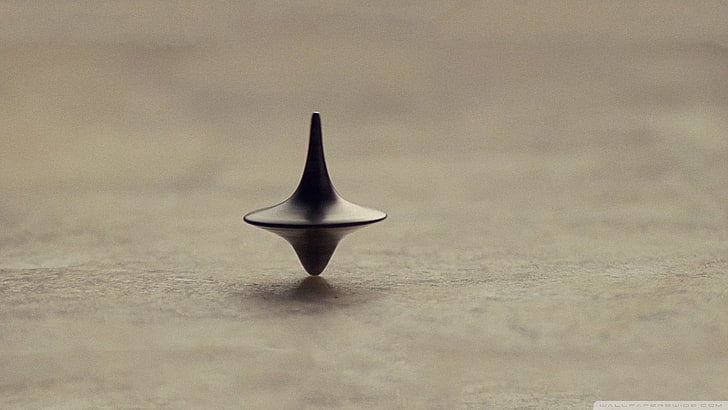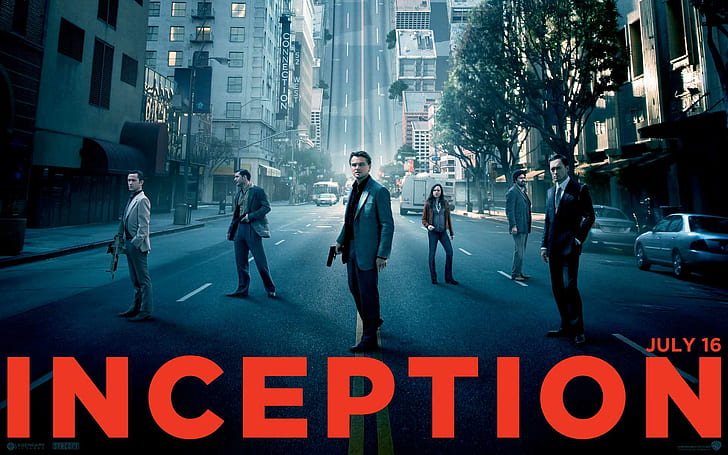Welcome to another deep dive on “Behind the Lens,” where today we’re exploring the fascinating creation process of Christopher Nolan’s “Inception.” Known for its complex narrative and groundbreaking visual effects, “Inception” not only captivated audiences worldwide but also set a new benchmark for storytelling in cinema. Join us as we uncover the layers of creativity and technical prowess that brought this dream world to life.

The Genesis of “Inception”
Summary: Christopher Nolan first conceived the idea for “Inception” in his youth, inspired by the concept of dream manipulation and the possibility of a dream within a dream. The film’s development began as a simple idea which Nolan wrote down as a single sentence on a piece of paper. Over the years, this concept grew into an 80-page treatment and eventually into a full screenplay after a decade of maturation.
Behind the Script: “Inception” is unique not only for its plot but also for its structure, resembling a heist film set within the architecture of the human mind. The script reflects Nolan’s fascination with the human psyche and his desire to explore it in a cinematic way. Writing the screenplay was a balancing act of complex narratives and emotional depth, aiming to keep the audience engaged and emotionally invested while navigating through multiple layers of dreams.
Crafting the Dream World:
Design and Effects: The visual spectacle of “Inception” required the innovative use of both practical and digital effects. Nolan, known for favoring practical effects, used as little CGI as possible. Notable sequences, like the folding city and the rotating hallway fight, were achieved through massive rotating sets and meticulous choreography rather than through digital effects. This approach not only lent a tactile authenticity to the dream sequences but also pushed the boundaries of film technology.
Technical Challenges: One of the most iconic scenes — the zero-gravity hallway fight — involved constructing a 100-foot-long rotating corridor. This set was designed to rotate fully, allowing Joseph Gordon-Levitt to perform his stunts in a seemingly gravity-defying environment. The sequence took weeks to film and required precise timing and coordination to ensure safety and believability.
The Sound of a Dream: The auditory component of “Inception” is as integral as its visuals. Hans Zimmer, the composer, collaborated closely with Nolan to create a soundscape that would mirror the psychological layers of the film. The now-iconic “BRAAAM” sound effect used in the score echoes through various moments, enhancing the surreal quality of the dream sequences.

Audience Reception and Legacy:
Critical Acclaim: Upon its release, “Inception” was hailed for its originality and complexity. Critics praised Nolan’s ambition and the cast’s performances, particularly Leonardo DiCaprio’s portrayal of the tormented protagonist, Dom Cobb. The film went on to gross over $800 million worldwide and secured a place in the cultural zeitgeist, influencing a range of creative media.
Conclusion: “Inception” is a testament to Christopher Nolan’s visionary direction and the collaborative spirit of its cast and crew. It stands as a pinnacle of modern filmmaking, where complex narrative and character development meet technical innovation. As we’ve seen in our exploration, the creation of “Inception” was as layered and intricate as the dreams it depicted, making it a perfect subject for our “Behind the Lens” series.
Engage with Us: Did “Inception” change your perception of dreams and reality? Share your thoughts in the comments below, and don’t forget to subscribe for more insights into your favorite films!
This deep dive into the making of “Inception” offers a glimpse into the meticulous craft of filmmaking and the dedication required to turn a unique vision into a cinematic masterpiece.
